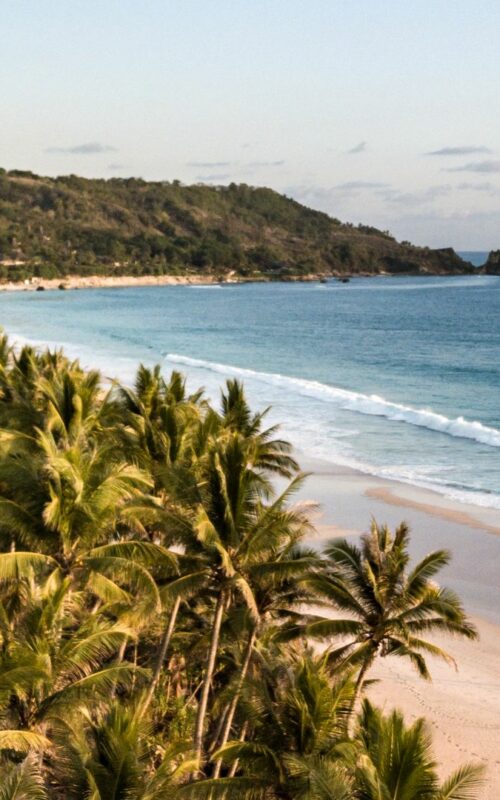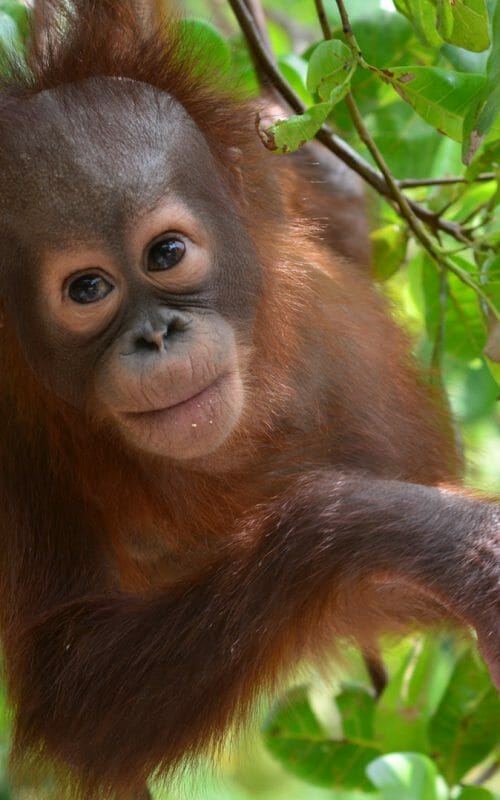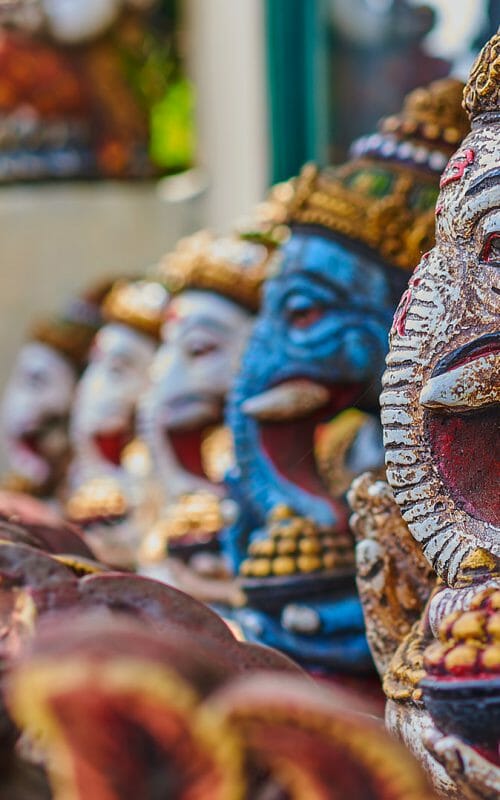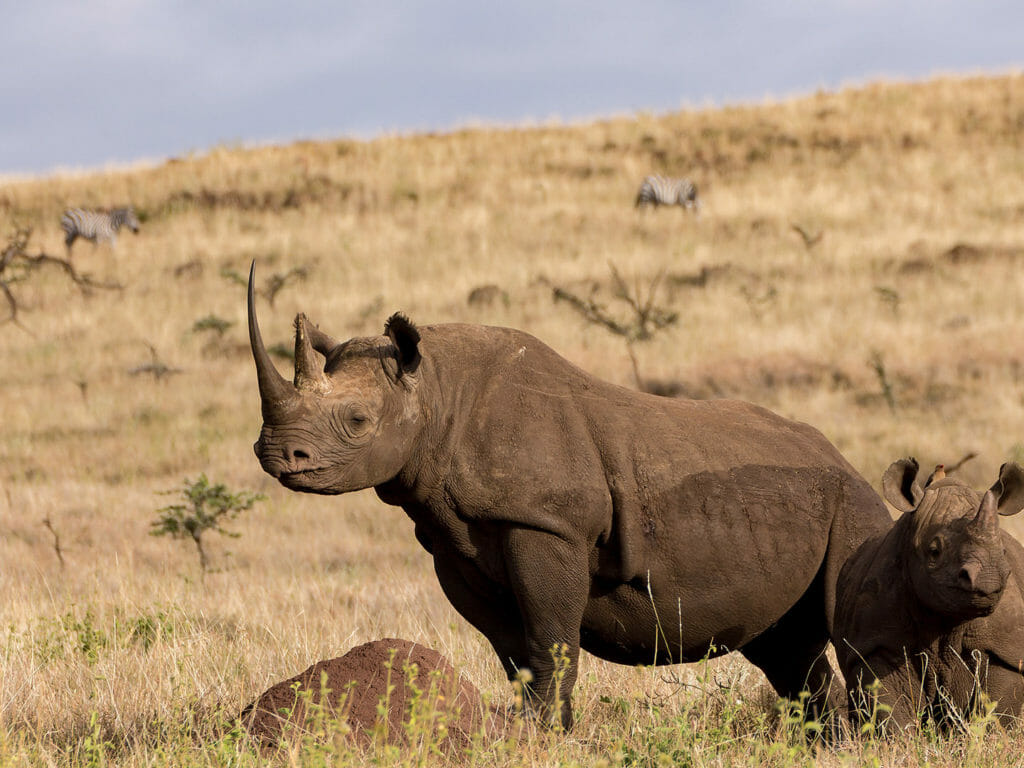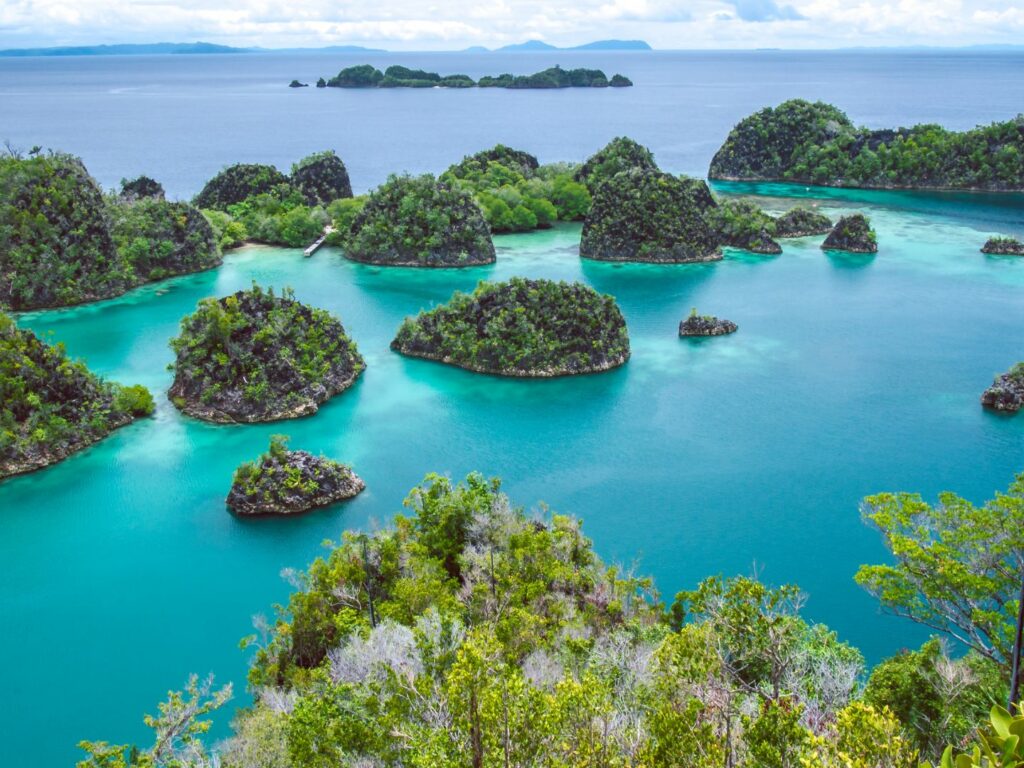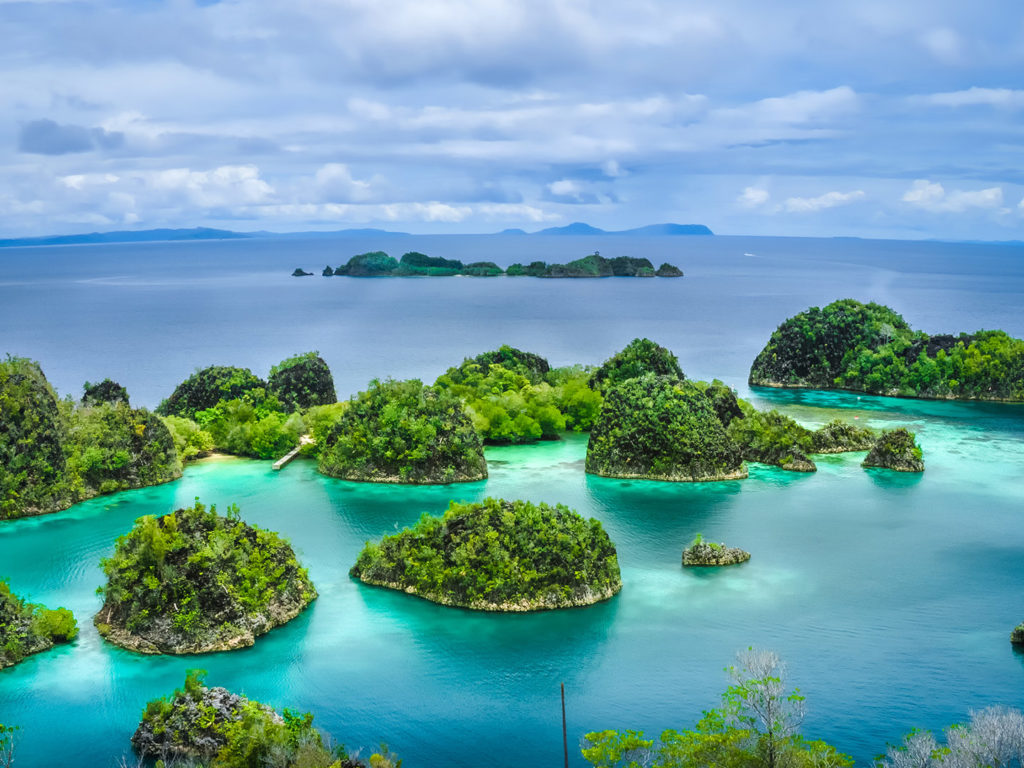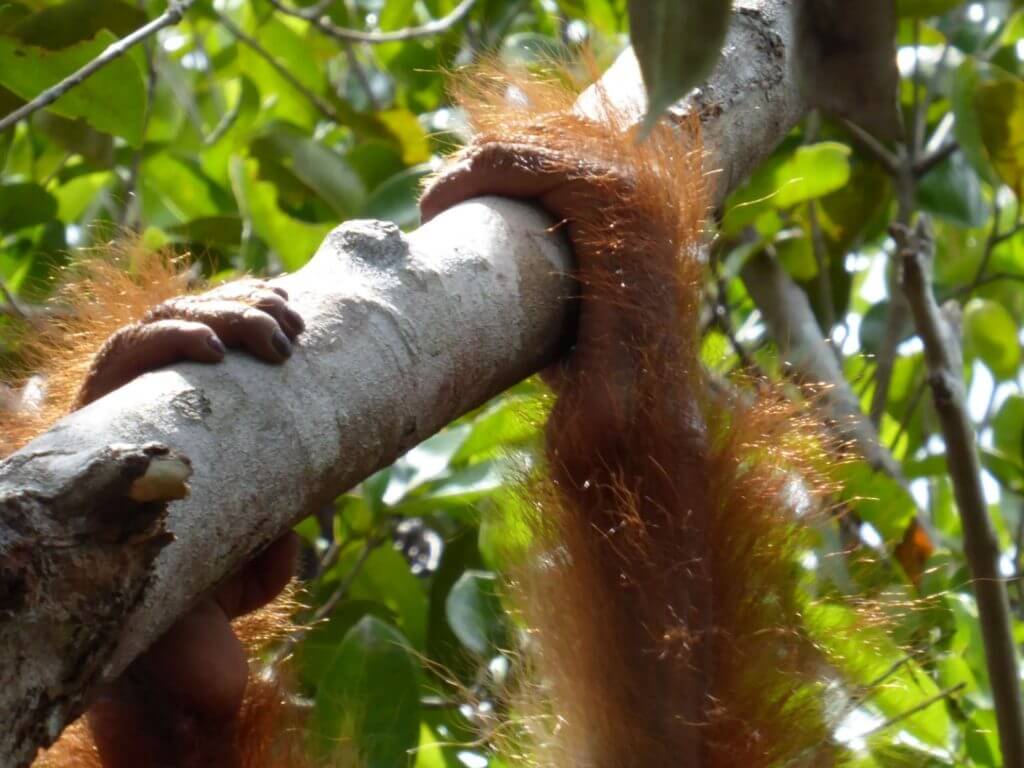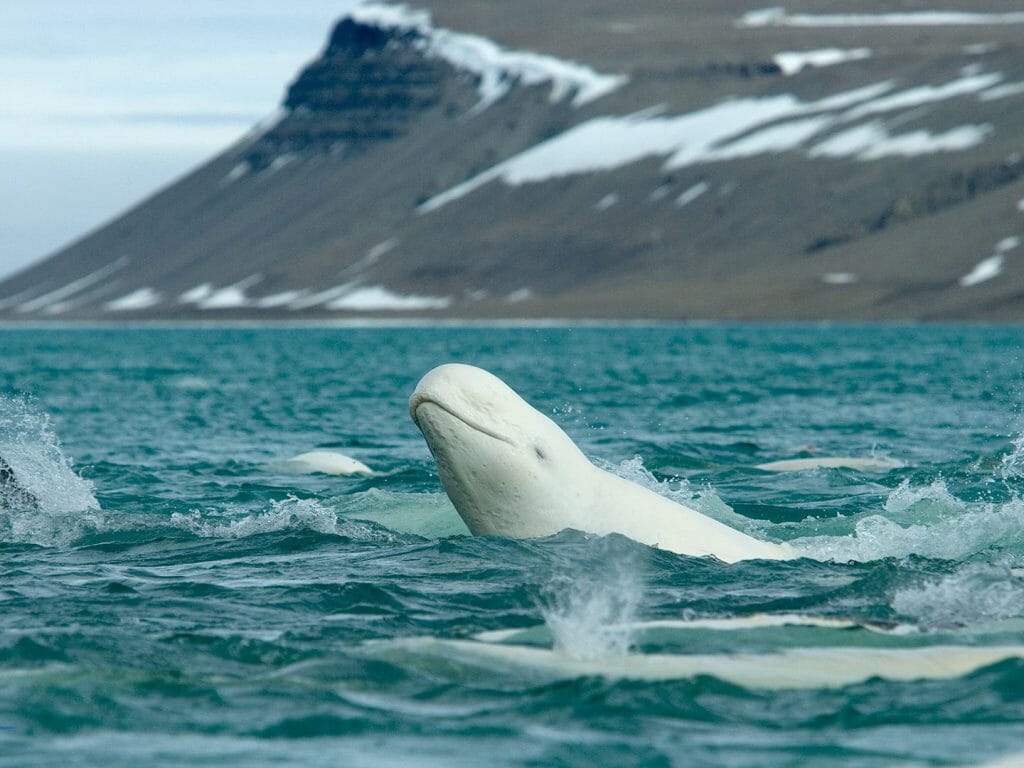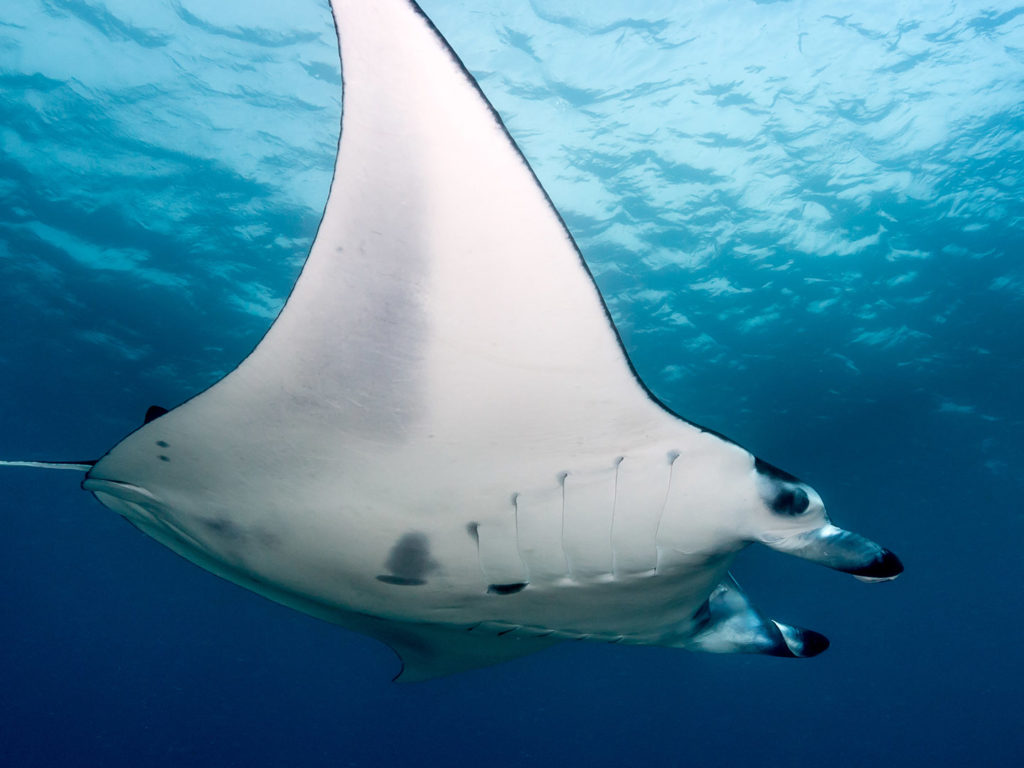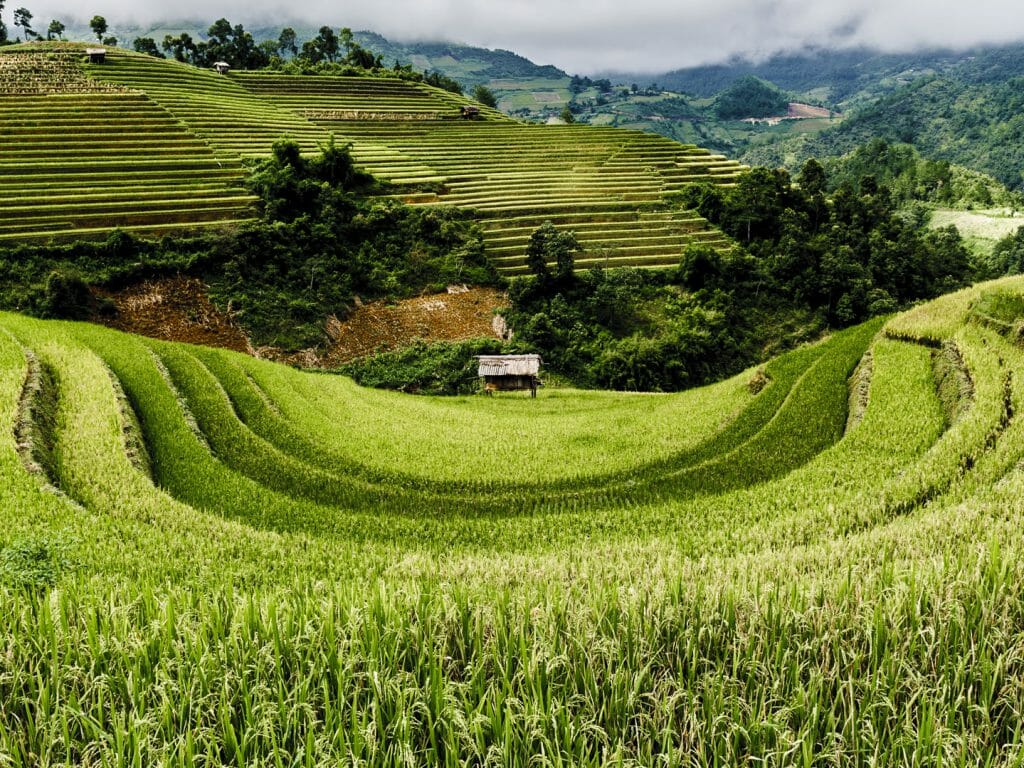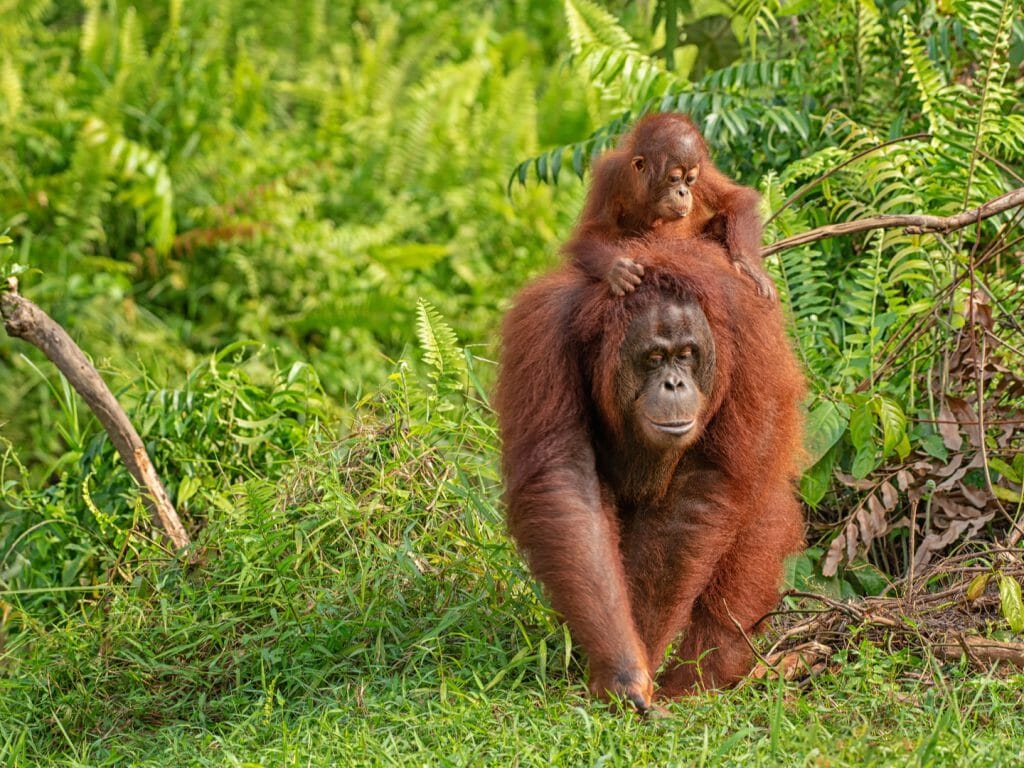“Can we hold one of the baby orangutans?”
“You can’t hold them. That wouldn’t be right. They need to be released into the wild when they are older and they must not become too habituated to people.” I beamed with pride at the grown-up and correct response from my eight-year old son.
Just hours earlier we had flown into Pangkalan Bun, the southernmost airport of the massive island of Borneo and the access point to Tanjung National Park, home to the man of the forest, the orangutan. Before journeying into Tanjung Puting we were fortunate enough to be visiting Lamandau Wildlife Reserve at the personal invitation of the Orangutan Foundation UK.
Yet at the time, standing at the dock in Pangkalan Bun, I sense the mood of the team was not one of being lucky. The vagaries of flight timings in a remote part of Indonesia and our misconceived western obsession with punctuality meant that we were late and tired. Our mood reflected the grey skies above. The four speedboats bobbing precariously in the water did little to alleviate the temper of the Mums, the drops of rain only further dampened spirits.
However, twenty minutes out of Pangkalan Bun we turned off the brown sludge of the wide and featureless Kumai River and headed up the much smaller and altogether more exciting Arut River. The speedboats raced along the black tannin river which was only several meters wide, hemmed in by a riot of vegetation. Slaloming through the foliage of the forest in the hope that the river did not have a two-way traffic system was adrenalin-charged. Parents likened it to the Bond film ‘Live and let die’ and children to Willie Wonka’s glass elevator; both found it exhilarating.
We arrive at Camp Gemini and walk through to a feeding site to see several orangutans emerge from the jungle to feed. If I sound somewhat matter-of-fact about a very special experience, it is because the enormity of the moment was perhaps too much for us to take in at the time. Reinforcement of the fact that it is always better to take time and do things more than once to fully appreciate them.
It was at Camp JL, minutes upriver, where they have four orphaned one-year olds, that the joy and wonderment at the privilege and pleasure of observing orangutans at close quarters and all alone shone through. There was delight on everyone’s faces as the babies were taken out of their cages by their carers and then placed in the lower branches of the small trees behind their cages. We spent a joyous hour watching them, laughing at their playful antics and delighting in their inquisitive looks at us. My abiding memory was, and will always be, one of the babies reaching out towards my eldest daughter, its hand a few inches from her beaming face. Rarely have I seen such a look of such pure unadorned joy on Isabel’s face.
On the return journey, everyone was much happier to get into the speedboats. The sun was shining, creating a glorious reflection of the vegetation in the dark waters of the river. As we raced back downriver, the treetops shook under the flight of monkeys and there were flashes of colour as kingfishers broke for cover. The girls in the boat behind had their hands held aloft, full of gay abandon, fluttering hair and huge smiles.
We return to town and the scenes of life along the river. Women washing clothes, men washing themselves, young children washing nothing but splashing noisily in the river. Older children were jumping into the river, the more flamboyant somersaulting, whilst others paddled in handmade wooden crates that look suspiciously unseaworthy. All the children waved and shouted with huge grins on their faces. Like the sunshine bathing Pangkalan Bun in a late afternoon glow, our mood is softened, brighter, happier.
We board our klotok, the onomatopoeic word used to describe the wooden houseboats that chug up and down the river, and as night falls we head out into the darkness of the Kumai River. After about ten minutes we head up the Sekonyer River, so named after a Dutch ship that sank at its mouth in the 1970s. I much prefer its original and local name, Buaya River, which means Crocodile River. The children were fascinated by this dangerous moniker and spend the rest of the journey religiously following the steady sweep of the spotlight in the search of crocodile eyes.
As it transpires, we did not see any crocodile but this may have had something to do with the fact that the children became the spotlight keepers. Great entertainment for them but not so productive for the adults. But isn’t that the modus operandi of a family holiday?
We arrive at Rimba Lodge, our simple home for the next three nights, tired from a long yet very full day. The discovery of a hairy caterpillar in our room does little to soothe emotions and bring on sleep. It is a long night.
We wake early the next morning, still tired but excited about the day ahead. We eat a hearty breakfast on board the klotok, we stop at a reforestation project, the children delighting in the fact that they get to choose and plant a tree for themselves and fascinated by the tapping of a rubber tree. We continue upriver to Camp Leakey spotting hornbills and parakeets in the air, common water-snakes and monitor lizards in the water and orangutans in the trees. I am surprised to see one orangutan foraging in the undergrowth only just about the water level.
Camp Leakey was set up in 1971 by Birute Galdikas and named after her patron Louis Leakey. The palaeontologist Leakey was fascinated by man’s relation and connection to the great apes and thus sent three remarkable women, Jane Goodall, Dian Fossey and Birute Galdikas to study chimpanzees, mountain gorillas and orangutans respectively. All were pioneers in the different parts of the world in which they worked. All started from nothing. Cognisant of this, I hazard a guess that Birute Galdikas would be shocked if she saw the eighty or so camera-clicking tourists standing expectantly at the feeding station at Camp Leakey.
The shaking of the treetops indicates that the tourists’ patience will be rewarded, that an orangutan is emerging from the forest. The orangutans’ movements through the canopy are slow and deliberate, bending branches to pivot to the next tree, swinging a branch slowly from side to side until they are near enough to stretch out their surprisingly long arms to the next branch and move on.
The orangutans are mesmerising to watch. I am absorbed by their movement – that all four limbs are used equally and as skilfully as each other. I am entranced by their long slender fingers. Enthralled by their different faces and the variety of expressions. I am amused by the playful adolescents who pose unashamedly between two parallel trees, all limbs akimbo. Impressed by the strength of even the very youngest of orangutans to hang off a branch by only one arm for many minutes at a time.
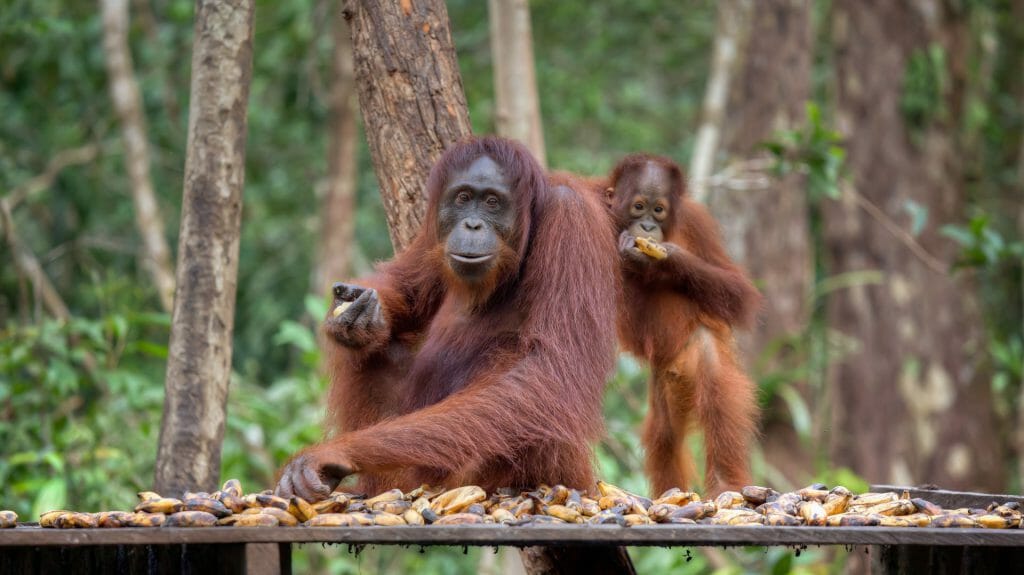
The orangutans arrive at the feeding station – a raised wooden platform piled high with bananas and other fruit – in a variety of different ways. Some slide down, using the bare trunk of a tree like a fireman’s pole, others are more cautious descending slowly hand over hand over hand. One walks on the ground hands held aloft as humans sometimes do when walking on stony ground or through cold water.
Once on the platform, their behaviour is equally curious and different. One young orangutan stands upright; bipedal, back straight, little distended tummy sticking out, he looks like homo erectus. Nervous adolescents stuff as many bananas into their mouths as quickly as they can and then scamper back up to the safety of height. Mothers carefully choose their fruit, rejecting what displeases them, and always considering their little infant who is either riding piggy-back or hugging onto their mother’s front with all their might. The alpha males sit down stuffing their faces without a care, their presence dominating, their size shocking, their strength implicit.
I have my personal problems with the numbers of tourists at the sites and the feeding of rehabilitated orangutans in this manner. Notwithstanding my own doubts it is the easiest way to see an orangutan, which one must remember is both a solitary and arboreal animal. Over the course of visiting the three different feeding stations in the park we did see a wide variety of orangutans. Each time it was a thrill to do so and not even the rain could dampen our spirits. Perhaps it even raised the spirits of one orangutan who sat patiently, his hands raised above his head holding some large leaves in protection against the rain, watching the bedraggled kaleidoscope of multi-coloured ponchos in front of him.
Back on the klotok, we head back to Rimba Lodge in the late afternoon sun as the proboscis monkeys and long-tailed macaques come to the river to roost in the trees on the river’s edge for the night. It makes spotting wildlife easier and much more fun – all the children take part with real gusto shouting out their latest ‘spot’.
“Macaque.” “Where?”. “There.” “Where?” “Over there” “Where?….oh there.”
“Monkey at one o’clock.” Suddenly animals are spotted all around the clock, some not quite what they were imagined to be.
The golden snitch moment is spotting a crocodile. As a result, many ‘logodiles’ are spotted to much amusement. The laughter is infectious, the effect on morale instantaneous.
Such happiness dispels the fears of the night and we decide to opt for a night-walk. Mention of mosquitos and other creepy crawlies makes our assembled mob look like a bedraggled shooting party in makeshift plus-fours – trouser legs tucked into socks that are pulled very high up to deny entry even to the most tenacious of bugs. Inevitably we did not see much – due to the noise we were making and noise from the village azan (call to prayer) on the opposite bank of the river. Yet it was fun.
We balance on logs, squelch through mud, jump in alarm but generally have a very good time observing stick insects, spotting a tarantula, seeing bioluminescence light up the forest and listening to the incessant ringing of cicadas courting their females and the occasional hoot of an owl. The children, although initially wary, enjoyed the experience of being out in the forest at night. We emerge with wet feet, a few bites and big smiles. Mission successful.
A rainforest is not an easy environment for young people. The humidity, the bugs and perhaps above all the lack of a swimming pool, make it an alien environment for them. But it can be rewarding and the enthusiastic comments from the children, make it worthwhile from a parental perspective. But more than just that, it is also enjoyable from a parental point of view.


